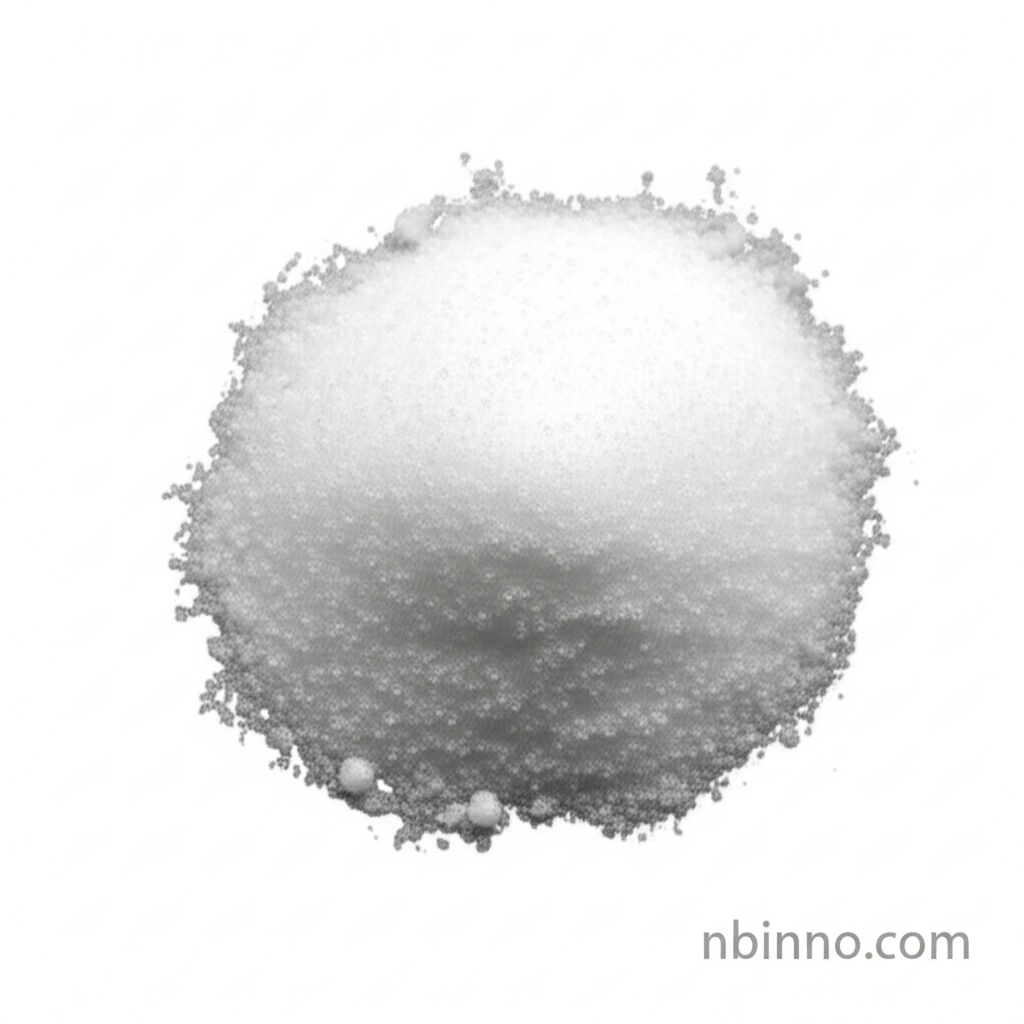4-Bromo-2-chlorobenzonitrile: A Key Intermediate in Pharmaceutical and Agrochemical Synthesis
Unlock critical synthesis pathways with this versatile halogenated aromatic intermediate.
Get a Quote & SampleProduct Core Value

4-Bromo-2-chlorobenzonitrile
This compound, also known as 2-chloro-4-Bromobenzonitrile, is a vital component in various synthetic processes. Its unique structure, featuring bromine and chlorine substituents on a benzonitrile core, makes it an indispensable building block for creating more complex molecules. Its properties are well-documented, making it a reliable choice for researchers and manufacturers alike.
- As a key intermediate in organic synthesis, it facilitates the construction of intricate molecular frameworks.
- It plays a crucial role in the pharmaceutical industry, serving as a precursor for antidepressants, antipsychotics, and anti-inflammatory drugs.
- The compound is widely used in agrochemical synthesis for producing effective pesticides and herbicides that protect crops.
- Its utility extends to the broader chemical industry as a starting material for dyes, pigments, and other specialized organic chemicals.
Advantages Offered by the Product
Versatile Synthesis Intermediate
Leverage its reactive functional groups for diverse chemical transformations, enabling efficient organic synthesis.
Crucial for Drug Development
Its application as a building block in pharmaceutical intermediates significantly aids in the discovery and development of new drug candidates.
Enhances Agrochemical Efficacy
Contributes to the creation of advanced agrochemicals, supporting sustainable agriculture and crop protection.
Key Applications
Pharmaceutical Synthesis
Utilized as a critical intermediate for synthesizing a range of therapeutic agents, advancing medicinal chemistry research.
Agrochemical Production
Serves as a foundational component in the synthesis of pesticides and herbicides, crucial for modern agriculture.
General Chemical Industry
Acts as a starting material for producing various dyes, pigments, and other organic compounds.
Research and Development
Functions as a valuable building block in R&D for exploring novel organic compounds and synthetic methodologies.
